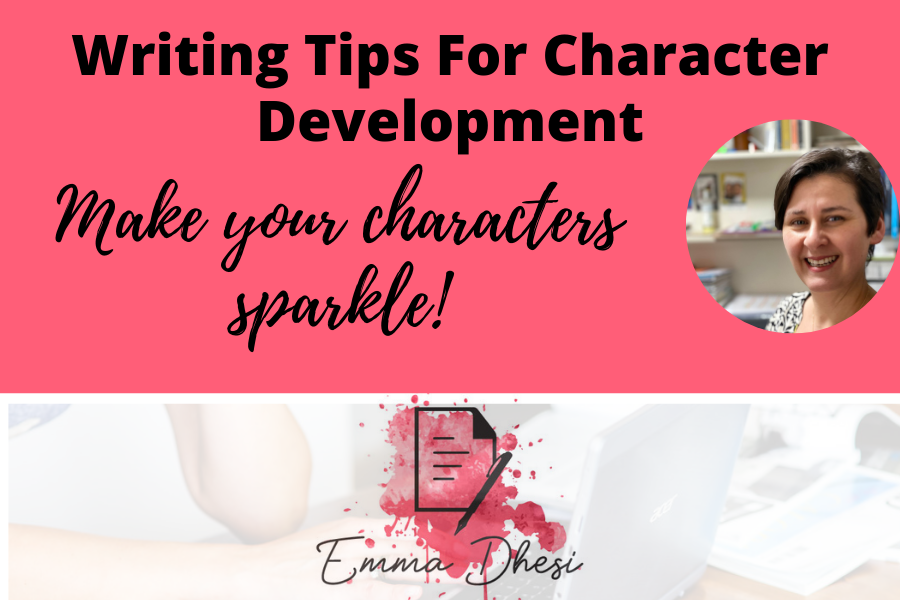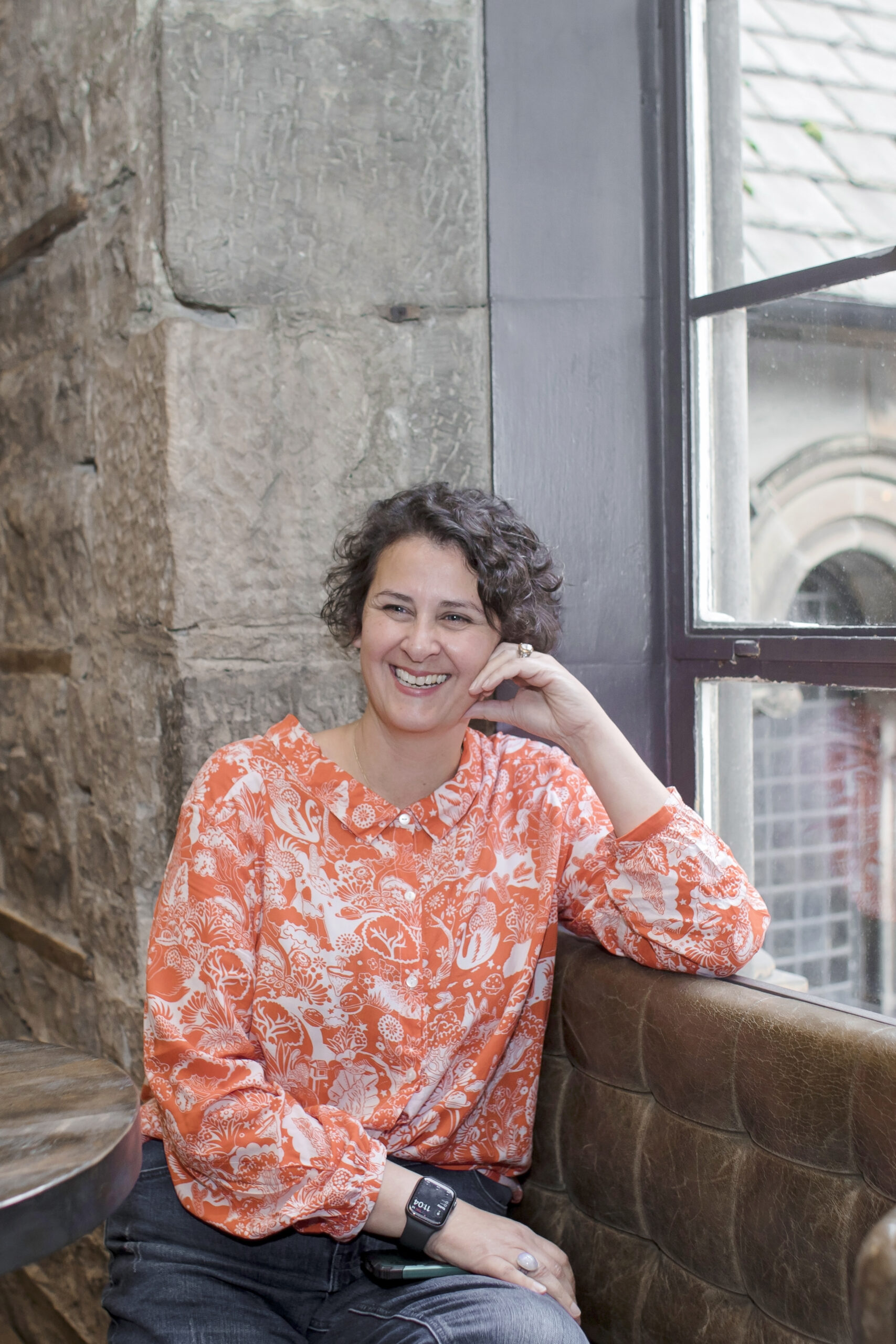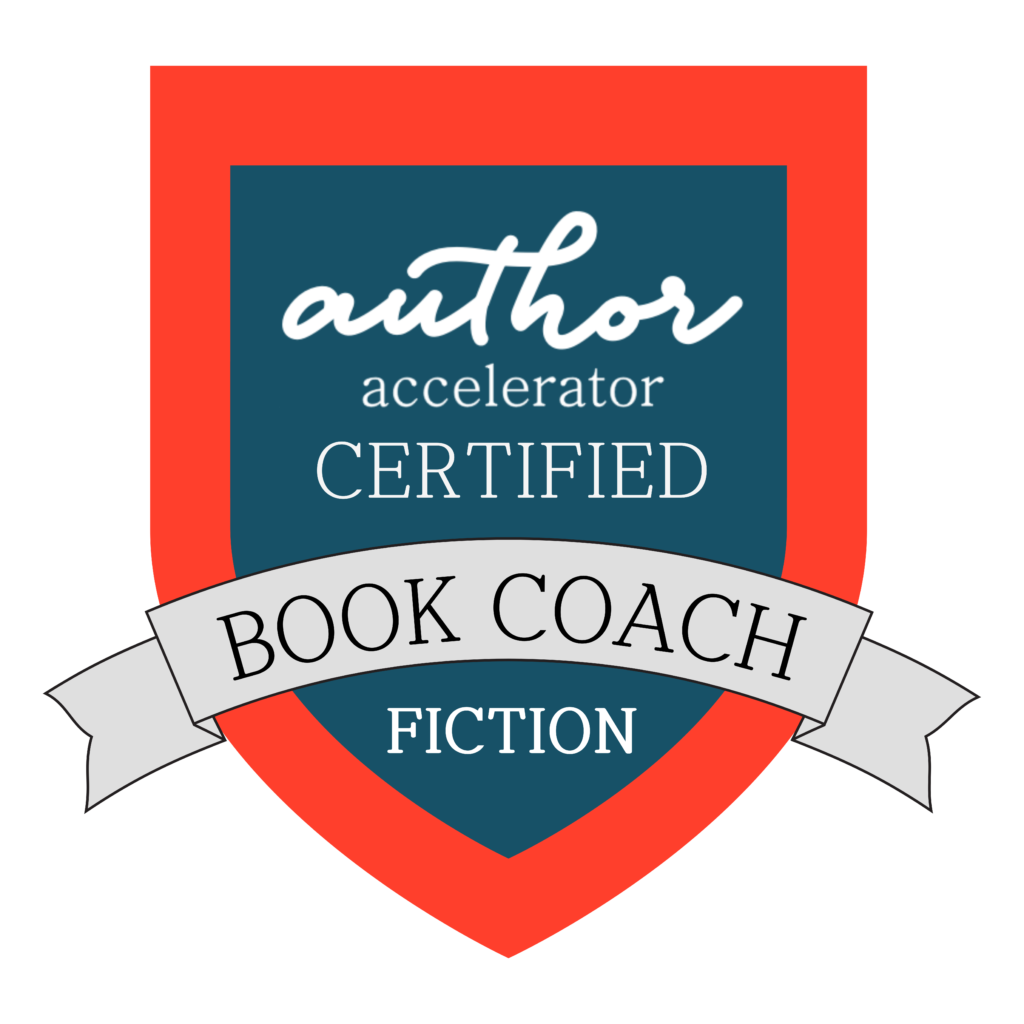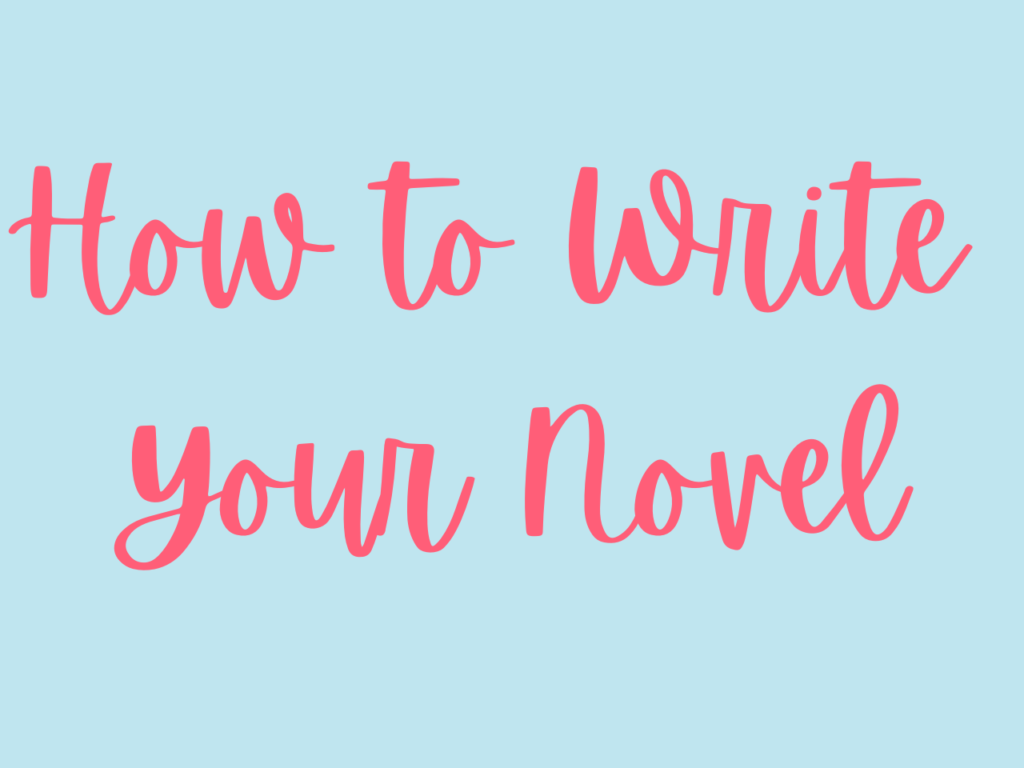Why it’s important to deepen your fictional characters
Understand why it’s important to give depth to your fictional characters in 3 key ways and see them put into practice using A J Finn’s thriller, The Woman In The Window.
Why is Character so important?
It’s said that plot makes a reader pick up a book, but it’s the fictional characters that keep them reading, so it’s vital you have engaging characters in your novel.
They don’t need to be likeable, but they must be interesting enough to keep your reader intrigued and want to know what happens next.

What is a fictional character?
A fictional character is someone who is larger than life, who gets into situations we would shy away from and who says or does things we would squirm at in real life. For the best examples of larger-than-life characters, you can turn to any one of Charles Dickens’ novels. Wilkins Micawber comes to mind, as does Miss Havisham.
“Gentlemen,” returned Mr. Micawber, “do with me as you will! I am a straw upon the surface of the deep, and am tossed in all directions by the elephants- I beg your pardon; I should have said the elements.”
– David Copperfield, by Charles Dickens
But tastes have changed over the years and Dickens’ fictional characters feel caricature-ish these days. Instead, modern characters need to be a lot more naturalistic if your reader is going to engage with them.
Should your fictional characters be naturalistic?
Readers prefer to follow characters who feel more natural. It’s a narrow path for us writers to write characters that feel realistic who at the same time do unrealistic things. Only by being bold and taking strong action do your characters create enough drama in their lives to make a good story.
You can write about an ordinary family living in an ordinary town, but they must do or say things that, in real life, would be out of the ordinary. They must respond to the world around them with agency, in a more extraordinary way than normal life, and that’s what differentiates them from real people.
If your fictional character is too naturalistic, if they are too much like you and me in our everyday lives, they will come across as boring on the page.
In real life, we’re trying to get by; we go to work, look after our children, spend time with friends and family, we write our stories. If we were to write about those mundane, day-to-day experiences, a reader would switch off. There’s nothing for them to get their teeth into or care about.
Instead, let your characters roam free on the page, let them say things that are considered distasteful or extreme. Have them do things that feel shocking to you. The more out of your comfort zone you are, the better!
Being brazen gives your fictional characters the opportunity to jump into their character arc. The plotline gives them something to react to in the first instance, then they take a proactive stand in their life. This lets them take charge and grow as a person.

What is a character arc?
A character arc is the emotional journey your fictional character goes on between the first and last pages of your novel.
It’s not the plotline, it’s the storyline.
Plot is what happens to your character. Story is how they respond to the plotline and grow emotionally.
When your story begins, your fictional character is one type of person, with a particular set of beliefs and opinions with which they’re happy to stick. It doesn’t matter whether those beliefs make your character happy or not. It’s what they know and want to stick with.
Better the devil you know, as the saying goes.
But by the end of the story, your character needs to have changed at least one of their beliefs about life or about themselves.
As a simple example, if your character starts the story as shy or unhappy, you want them to be confident and happier by the end of the novel.
Let’s look at an example in more detail.
The Woman In The Window, AJ Finn
At the beginning of the story, Anna is an agoraphobic who is addicted to both alcohol and prescription drugs. She watches the world go by through her window, as the title suggests, but does not want to take part in anything beyond her front door.
Her life is far from happy. In fact, you might say she’s not living but existing in a bubble. Even so, she doesn’t want to change it because it feels the safest option for her.
We can all recognise this in our own lives. We may not be addicts or agoraphobic, but it takes real effort to push ourselves out of our comfort zone and try something new (like writing a novel!)
But then something happens to your character, and they are forced into the unknown. They must break away from the life that they know and confront their core beliefs, these very beliefs and opinions that have held them back for so long.
In doing so, they’re forced to move from the safe, imperfect world they know, to an unknown and possibly unsafe world they don’t know about.
In The Woman In The Window, Anna believes she’s seen the murder of a neighbour. Try as she might, she can’t not see it. She’s a good person at heart and can’t sit by and do nothing. She’s got to leave her house and help her neighbour. She’s forced into doing something she doesn’t want to do.
Over the course of the novel she is confronted by her own behaviour and imagination. She thinks she’s seeing things and imagining people.
Over the course of the novel the plotline forces Anna’s internal change. The plot and the story interweave so that each dilemma Anna faces makes her reassess how she feels about herself and her world. She changes slowly and reluctantly.
She’s learning that things might not be the way she thinks they are. She might not be in control as much as she thought she was.
By the end of The Woman In The Window, Anna realises she was on the brink of madness, and she has to change her behaviour and pull herself back from the edge. She now knows she’s ready to enter the real world again, and implement some really big changes in her life.
She hasn’t fixed all her problems, but over the course of the novel she’s forced to accept she’s not a bad person and deserves to have a second shot at happiness.
Final thoughts: Fictional characters make a story great
If you want to know the five questions you need to ask your principal characters if you want to uncover the character arc, see this post, Writing Tips For Character Development


Emma Dhesi
Emma Dhesi is author mindset coach and bestseller author who helps writers let go of perfectionism, self-doubt and writer’s block through her signature programme, Unlock Your Creative Block.
She is the host of the YouTube Channel, Emma Dhesi, where she interviews debut and experienced authors alike.
Through her 1:1 coaching programme, Emma helps new authors start and finish their first novel.
Emma provides personal written feedback on their pages and guides them through the emotional rollercoaster that is writing a novel!
If this article was useful, you’ll love:





